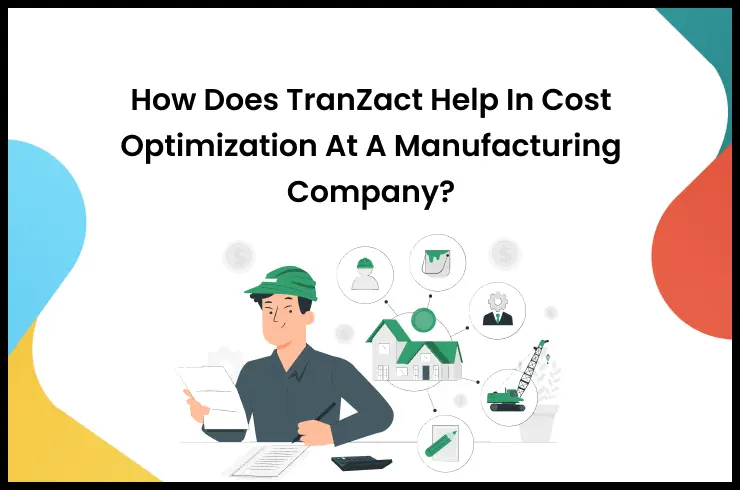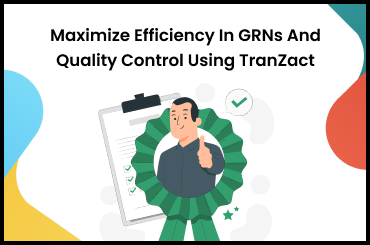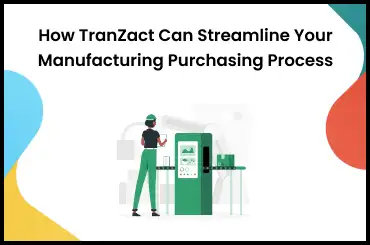DPO is the short term used for Days Payable Outstanding, which is an essential term for businesses, whether it is small or large. It is calculated to figure out the average days companies take to pay bills to their vendors and suppliers. DPO helps to understand the cash flow management of businesses, which is also beneficial in analyzing the credibility of companies. If you find it tough to understand and calculate Days payable outstanding, then be with us till the end. In this article, we will try to explain everything related to DPO in easy language.
What Is Days Payable Outstanding (DPO)?
Days payable outstanding shows how many days, on average, businesses take to pay their bill to their suppliers or vendors. Businesses usually do not pay for the delivery of goods or services, but they purchase them on credit. The gap between the delivery of goods or services and their payment to the relevant parties is known as the days payable outstanding. If a company has a high DPO, it means it takes a long time to pay its bills. This can help the company keep more money on hand, but it might not make suppliers happy. On the other hand, if a company has a low DPO, it means it pays its bills quickly. This is good for keeping suppliers happy, but it can affect how much money the company has left. In simple words, DPO helps companies figure out how to handle their money and bills in the best way.
Why Are Days Payable Outstanding Important?
Days payable outstanding is important because it shows how well a business can manage its cash flow. Business owners need to find the right balance between paying bills and keeping enough money for other needs of business. Policymakers can make efficient strategies to expand their business based on the average days payable outstanding.
How To Calculate DPO?
You need to calculate the Days payable outstanding to manage your business more efficiently. You know that DPO is all about calculating the average days payable outstanding to pay its suppliers, vendors, or creditors. It helps you manage your cash flow and also provides valuable insights into the efficiency of your payment process.
Days payable outstanding = (Account payable / cost of goods sold (COGS)) × number of days.
where,
- Account Payable: This represents the total outstanding amount that your company owes to its suppliers or vendors at a specific point in time, and you can find this data on your balance sheet.
- Cost of goods sold (COGS): Cost of goods sold is the amount that you spent to purchase goods or services for your business during a certain time. It is an essential part of your income statement that you must stay informed about.
- Number Of Days: This is the specific period over which you want to calculate DPO for your business, such as a month, a quarter, or a year.
Now, let's use an example to understand this better. Suppose your business has a total account payable of INR 10,000 and a COGS of INR 100,000 for the last fiscal year. To calculate your DPO value for the year (365 days), you need to put the values in the formula, which will answer 36.5. This means that you pay your suppliers or vendors in an average of 36.5 days.
What Does DPO Tell You?
Days payable outstanding is like a timer for businesses that shows the time between the delivery of goods or services and their payment. Imagine that you run a lemonade stand where you need lemons and sugar to run your business. If you buy the lemons and sugar today but pay the vendor after one week, then those seven days are the DPO for your lemonade business. If a company's DPO is 30 days, then it means that, on average, it takes about a month for them to pay their bills after receiving goods or services. This can vary for different companies, and some may pay faster or slower than others. Days payable outstanding helps businesses understand their payment speed, which is important for managing their finances. So, all types of businesses need to know their DPO value so that it can be used to enhance productivity and make informed decisions.
High DPO
A high DPO is identified when a company takes a long time to pay its bills after receiving goods or services. A higher Days payable outstanding industry average can be good for businesses because the money can be used for other important things, such as investing in new equipment or marketing purposes. The problem with having high DPO is that it can upset the vendors or suppliers of the company because they have to wait longer to receive their money.
Low DPO
A low DPO is identified when a company pays its bills quickly after receiving the goods or services. A lower Days payable outstanding industry average can be good for the vendors and suppliers of the company. However, it can affect the cash flow management, and the company may not have enough money to invest in other important things. Therefore, it is important to make efficient strategies to manage their bills and use the money to expand the business's reach.
How To Improve DPO?
You can improve the financial health and cash flow management of your business by improving the days payable outstanding. Below, we have compiled some essential tips that can help you improve DPO for your business.
1 Negotiate With Your Suppliers And Vendors
When you make deals with suppliers and vendors, then talk about when you will pay them and try to get more time. More time means longer days payable outstanding, which means you can use the money for other purposes.
2 Monitor Invoices
You should keep a close eye on your invoices and payment due dates because missing payment deadlines can negatively affect your days payable outstanding. You should make strategies to track and manage invoices efficiently.
3 Take Advantage Of Early Payment Discounts
Sometimes, suppliers or creditors give discounts if you pay them early. This will lower your days payable outstanding, but you can save lots of money. For this, you need to analyze whether taking such discounts aligns with your financial management or not.
4 Manage Inventory Wisely
If you manage your inventory, then it will surely improve your Days payable outstanding. You should not overstock goods because it will tie up your money, which is unnecessary. Similarly, you should not understock anything because it can lead you to rush ordering, which can cost more.
5 Improve Communications With Suppliers
Better communication is required and beneficial for all sectors, and it is the same with increasing days payable outstanding. If you have problems paying your bills, then communicate openly with your suppliers, vendors, and creditors. Everyone faces such problems, and they will surely understand that if you communicate with them openly.
Advantages Of DPO
There are lots of advantages of Days payable outstanding for businesses of all types, so let us take a look at some of them.
- Enables better cash flow management: A longer days payable outstanding means you have more time to use your money before paying bills. It is like having extra money in your wallet.
- Enhances the relationship with suppliers: When you communicate openly with your suppliers, it can enhance your relationship, and they can offer you to pay at your convenience.
- Provides flexibility for your business: A higher days payable outstanding gives you more flexibility with your finances. You can use your money for other important things to grow your business.
Disadvantages Of DPO
Even though there are lots of advantages of days payable outstanding, there are also some disadvantages, so let us understand them.
- Can cause penalties: Some suppliers can charge late fees or penalties if you pay them late. This can increase your costs of goods or services, which will affect your profits.
- Can limit your opportunities: Some suppliers might refuse to work with you if they know you always take a very long time to pay. This can limit your opportunities, and you can get stuck with medium-level suppliers.
- Can cause loss of discounts: Higher days payable outstanding can cause you loss on discounts that suppliers offer for early payment.
So, calculate the DPO for your business and make efficient strategies to improve it. Also, make good relationships with your suppliers and increase the productivity of your business. Days of payable outstanding require accurate data of goods or services that you have purchased and the exact date of payments. If you find it difficult to manage such required information, then reaching out to TranZact will be the best option for you. TranZact offers inventory management software, production management software, and manufacturing ERP software that is beneficial in calculating Days payable outstanding along with managing and growing your business.
FAQs
1. What does Days Payable Outstanding mean in accounting?
Days payable outstanding represents the average number of days a company takes to pay its suppliers or vendors after receiving goods or services.
2. How do you calculate the days payable outstanding?
To calculate days payable outstanding, divide the total accounts payable by the cost of goods sold (COGS) and then multiply by the number of days in the period you are calculating. Days payable outstanding = (Account payable / cost of goods sold (COGS)) × number of days.
3. What is the difference between DPO and DSO?
DPO (Days payable outstanding) measures how long a company takes to pay its bills, while DSO (Days sales outstanding) measures how long it takes to collect payment from customers.
4. What is a good Days Payable Outstanding?
Good Days payable outstanding can vary according to the industry, but generally, a longer DPO indicates better cash flow management because it means the company can hold onto its money for a longer time before paying suppliers.
5. How does DPO affect supplier relationships?
A longer Days payable outstanding can make suppliers unhappy because they want their payment as quickly as possible, while a lower DPO can enhance your relationship because they get paid quickly.
6. What are the benefits of monitoring DPO?
Monitoring DPO can be beneficial in cash flow management, better negotiation with suppliers, cost savings through early payment discounts, and a better understanding of the financial health of your business.
















